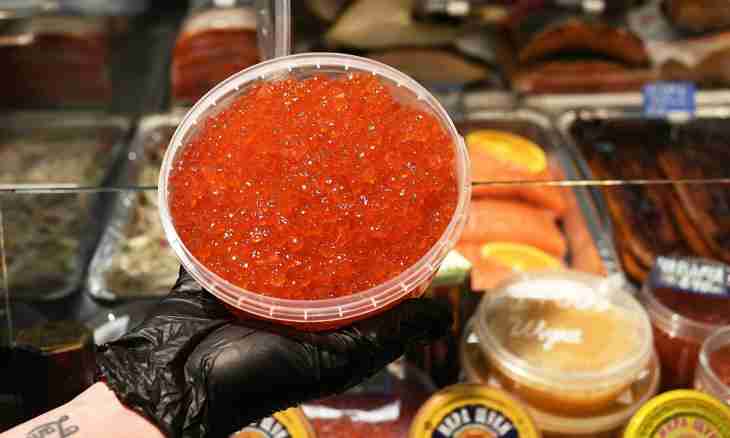The spawning period at the majority of freshwater fishes usually begins closer to the middle of spring and comes to the end from the beginning of summer. The exception is made by the representative of treskovy - a burbot which throws caviar during the winter period, showing fertility records.
Instruction
1. The burbot is widespread in the rivers and lakes of North America, Europe and Siberia. The size of this fish is defined by dwelling environmental conditions; certain individuals quite often reach nearly two meters in length weighing 25-30 kg. A burbot color yellowish-gray, it is frequent in a speck. In peat waters the certain individuals can have a brownish shade. Distinguish a burbot of steam of back fins and a short mustache on a chin.
2. Practically all other representatives of treskovy live in sea water, and here the burbot prefers lakes and the rivers with clear water. It likes sandy or stony soil and transparent water. Young individuals prefer to be in upper courses of streams and small rivulets. In the middle of the fall the burbots actively go to coast in search of the smallest places. There they also remain approximately till May, hunting small fish and invertebrates.
3. Being the representative of family treskovy, the burbot is most active in cold season, at the first frosts. In the winter the burbot also spawns, laying caviar during the period so inopportune for most of other inhabitants of the underwater world. Spawning at a burbot usually begins in the second half of December and continues until the end of the winter period though sometimes females with caviar come across also in March.
4. In the middle of January the day begins to arrive gradually, night-time is reduced. It serves for a burbot as an external stimulus to spawning. Females lay caviar, as a rule, on sandy soil or stony day. At the biggest individuals the number of berries can reach one million pieces and more. Small berries develop rather long – usually till May.
5. In search of the place for spawning the burbot gets in shallow water, sometimes looking after for itself very unusual places. Happens that females choose the waterlogged ice floes as a spawning area, risking to appear in a trap if such shelter emerges under the influence of a current and waves. Only in the spring when water gets warm, fish leaves places of spawning and moves to considerable depth, hiding under stones, the sunk trees and in other secluded places.

